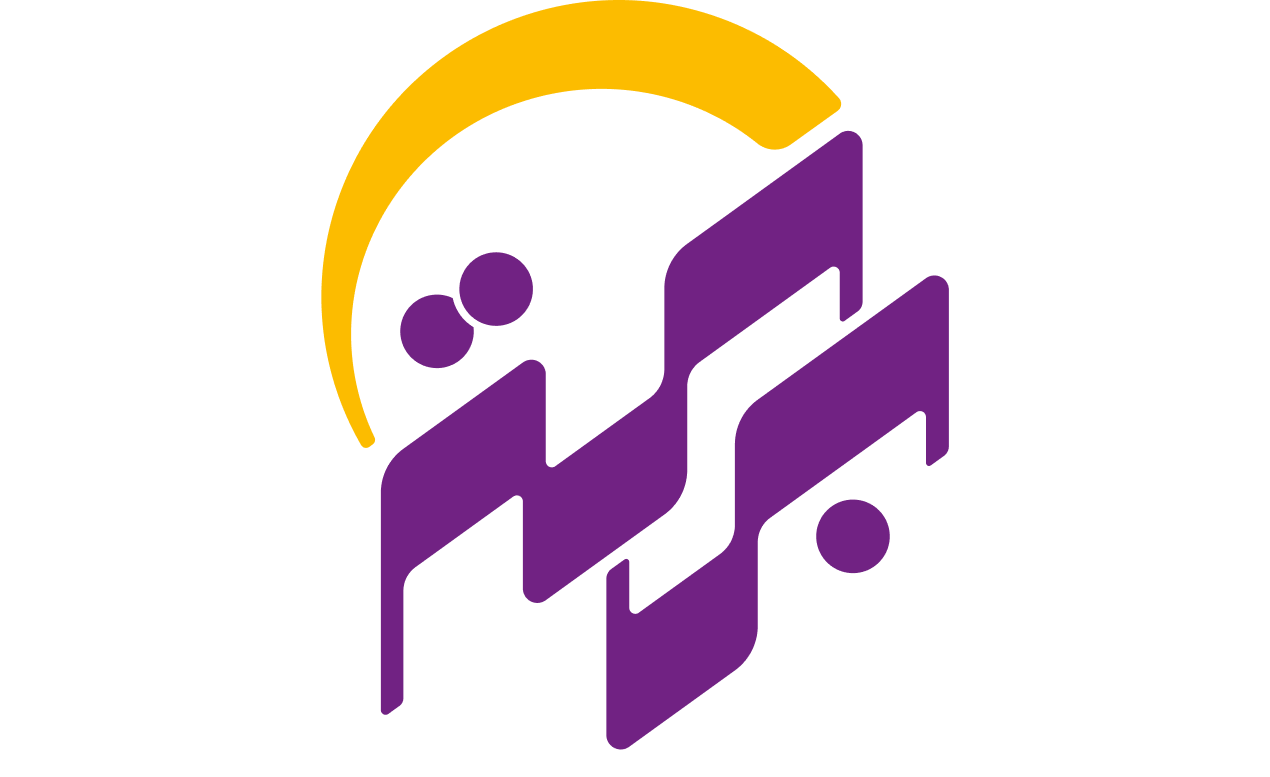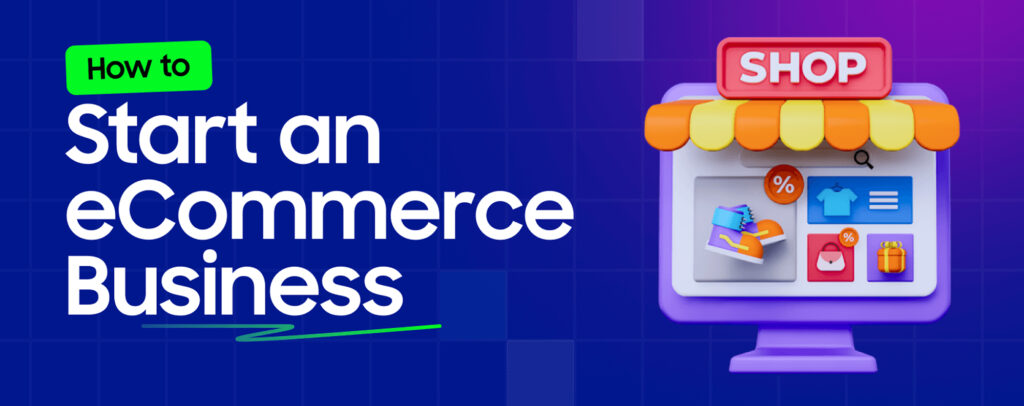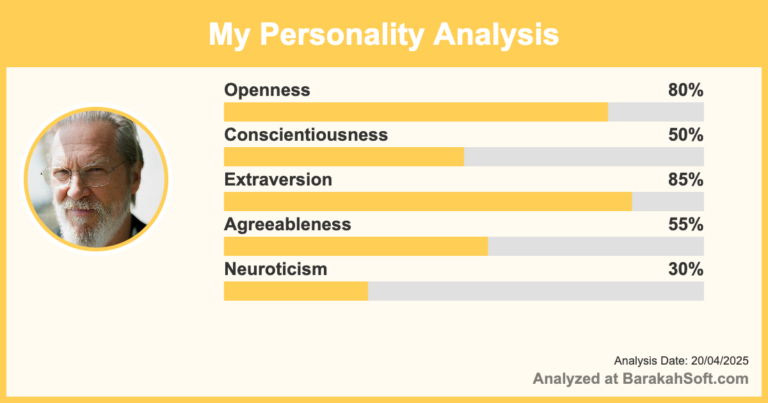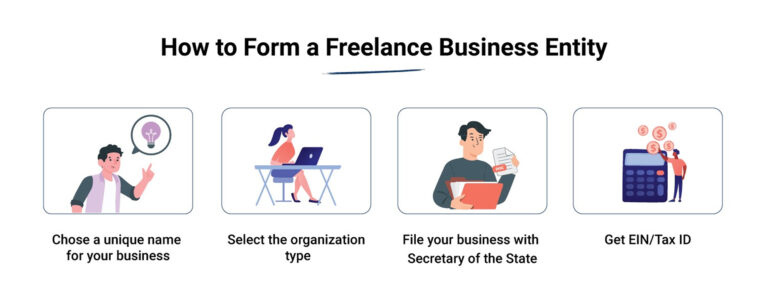Starting an online store used to mean hiring a developer, figuring out hosting, and spending months just to launch. In 2025, you can start selling in a weekend—if you choose the right tools.
But that’s the hard part. Too many founders waste time and money on apps that don’t integrate, platforms that scale poorly, or tools that lock them in.
This guide breaks down the essential tools for starting an e-commerce store in 2025, with a focus on tools that are:
-
Reliable
-
Beginner-friendly
-
Scalable
-
Affiliate-ready if you want to recommend them later
1. E-commerce Platform
Your e-commerce platform is your foundation. It handles your storefront, products, checkout, and backend management.
Top Pick: Shopify
-
Pros: Fast setup, tons of themes, great support, scales with you
-
Affiliate potential: High ($58–$200+ per signup)
-
Why use it: Trusted by over 1M stores, easy for beginners, strong app ecosystem
Runner-Up: BigCommerce
-
Pros: More flexible for larger catalogs, great for international sales
-
Why use it: Better out-of-the-box features than Shopify, good for B2B
Also solid: WooCommerce (if you already use WordPress), Sellfy (for digital products)
2. Payment Processor
To get paid, you need a payment gateway that works with your platform and supports global customers.
Top Pick: Stripe
-
Why: Works in 45+ countries, supports 135+ currencies, easy integration
-
Affiliate potential: No public program, but tool stacks built around Stripe (e.g., invoicing or checkout tools) do pay
Alternatives:
-
PayPal (essential for trust, especially outside the U.S.)
-
Wise Business (for receiving international payouts with low fees)
-
Mollie (great for EU businesses)
3. Domain & Hosting (If Using WooCommerce)
If you’re not using a fully hosted platform like Shopify, you’ll need a good hosting provider.
Top Pick: Kinsta
-
Why: Managed WordPress hosting with great speed and support
-
Affiliate potential: Up to $500 per signup + 10% recurring
Others to consider:
-
Cloudways (flexible, affordable, developer-friendly)
-
Namecheap (domains + low-cost hosting)
-
Bluehost (mainstream but lower RPM)
4. Email Marketing
You’ll need to capture leads, send abandoned cart emails, and run campaigns. This is where many stores fail—or succeed long-term.
Top Pick: Klaviyo
-
Why: Built for e-commerce, integrates tightly with Shopify and WooCommerce
-
Strong features: Segmentation, flows, product-based automations
-
Affiliate potential: Medium, but worth mentioning as a best-in-class tool
Alternatives:
-
ConvertKit (better for creator-led stores or digital products)
-
MailerLite (simple, cheaper, good for beginners)
5. Inventory & Order Management
Once you have real sales, you’ll need a system to track stock, orders, and fulfillment.
Top Pick: ShipStation
-
Why: Works with most platforms, automates labels and shipping
-
Affiliate: Yes — $10–$50 per lead
-
Bonus: Streamlines fulfillment across multiple carriers
Other options:
-
Easyship (global fulfillment + tracking)
-
Zoho Inventory (affordable and solid for small teams)
6. Analytics & Tracking
Don’t fly blind. You’ll need to track where sales come from, what products convert, and how to improve.
Top Pick: Google Analytics 4 + Google Tag Manager
-
Why: Free, powerful, integrates with everything
-
Learning curve: Medium, but worth it
Bonus Tools:
-
Hotjar or Microsoft Clarity (see where users click and drop off)
-
Triple Whale or Lifetimely (for revenue attribution, higher-level stores)
7. Reviews & Social Proof
People don’t buy from stores they don’t trust. A review tool builds that trust fast.
Top Pick: Loox (for Shopify)
-
Why: Photo reviews, automated emails, mobile-friendly
-
Affiliate: Yes, via PartnerStack
Alternatives:
-
Yotpo (better for scaling brands)
-
Judge.me (affordable and very effective)
8. Landing Page Builder
You’ll eventually want custom landing pages for campaigns or ads.
Top Pick: Unbounce
-
Why: Fast A/B testing, drag-and-drop editor
-
Affiliate: Yes — $320+ per sale
Alternatives:
-
Swipe Pages (great mobile optimization)
-
Leadpages (lower cost, easy to use)
Bonus: All-in-One Platform for Digital Products
If you’re only selling digital goods (ebooks, courses, templates), try:
Top Pick: Podia
-
Why: Built for creators selling downloads or courses
-
Affiliate: 30% recurring commissions
-
Great for: Side hustles, creator-led stores, lead magnets
Final Word
Building an e-commerce store in 2025 doesn’t require a team or huge budget. But it does require using the right tools—ones that save time, work together, and scale as your business grows.
Start lean. Pick the tools that solve immediate problems. Upgrade as you grow. And if you’re reviewing or recommending tools, choose those with real affiliate potential to turn your content into long-term income.























